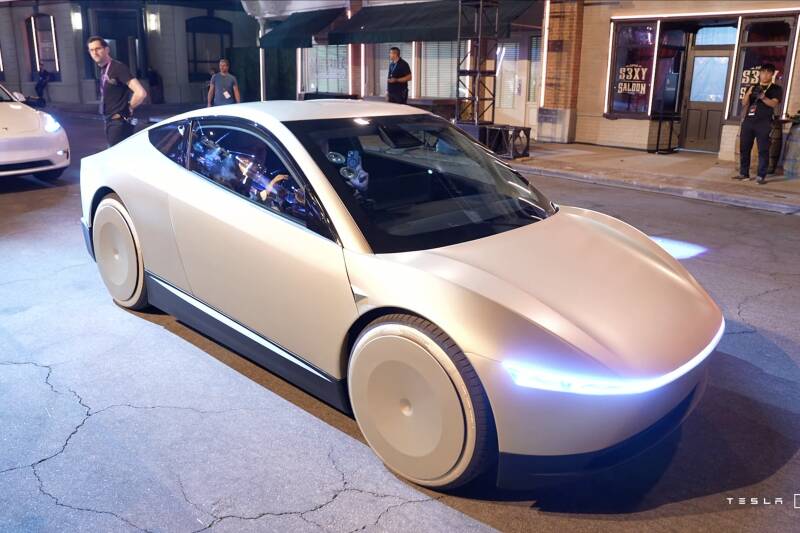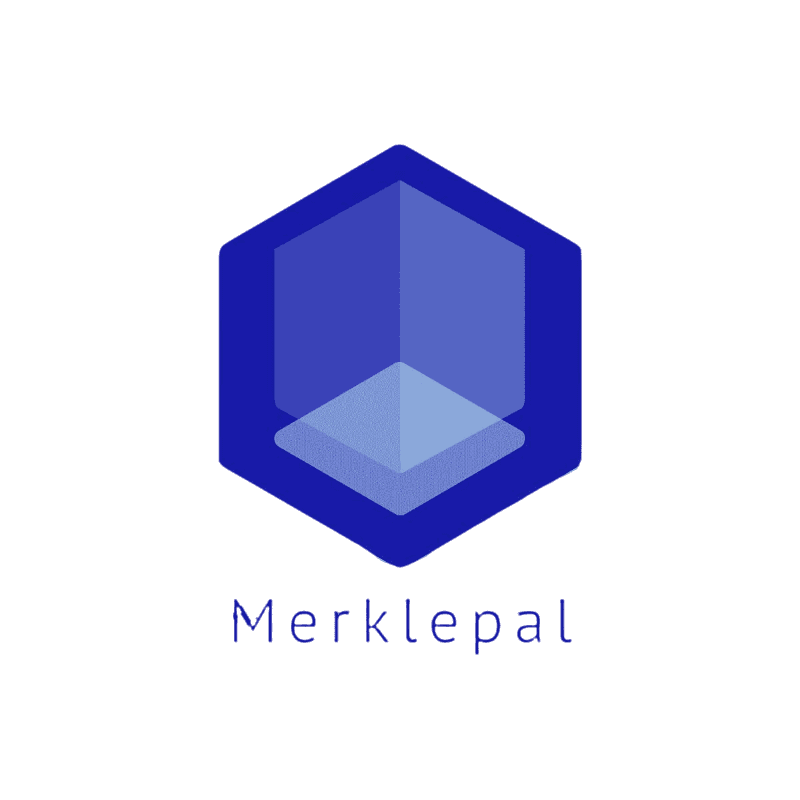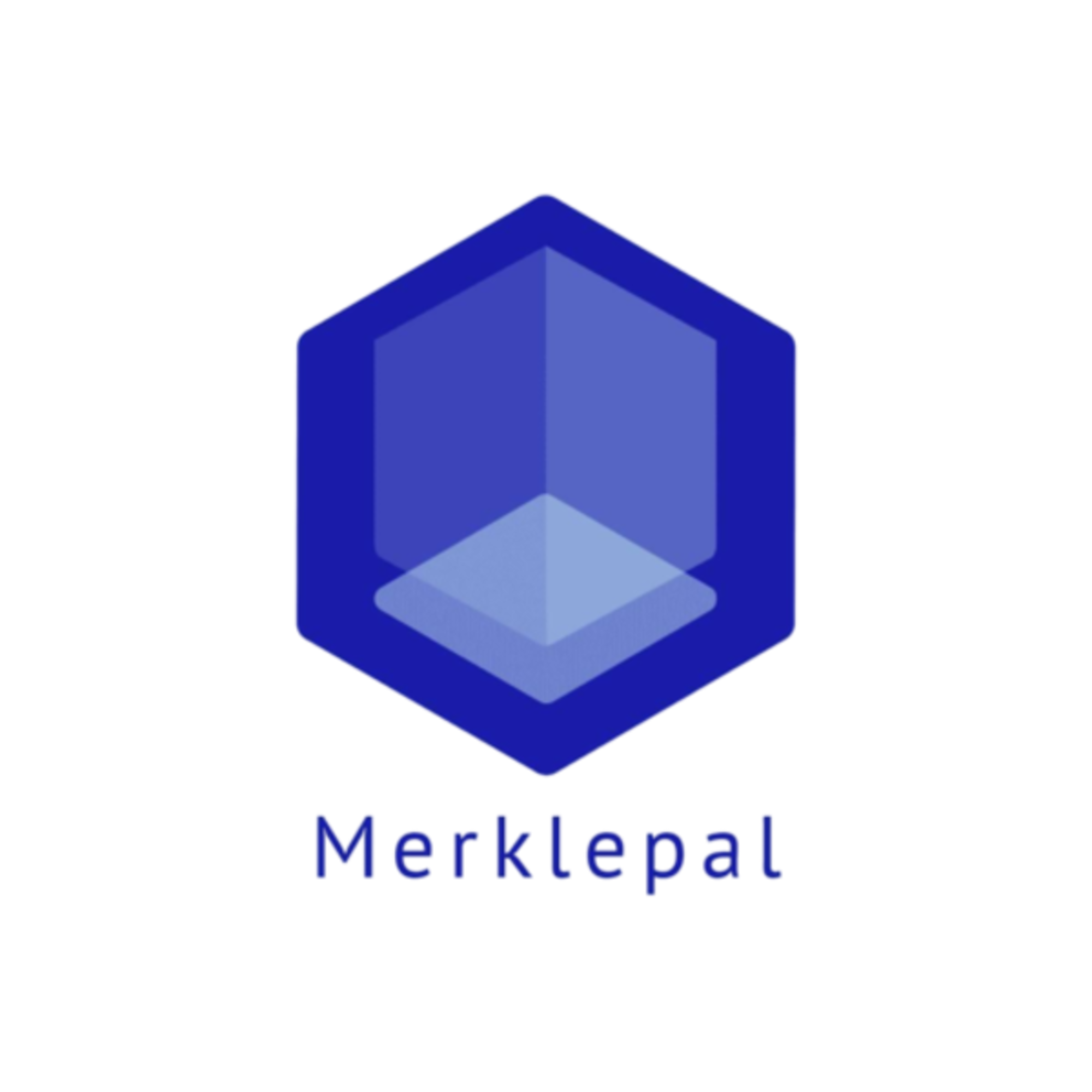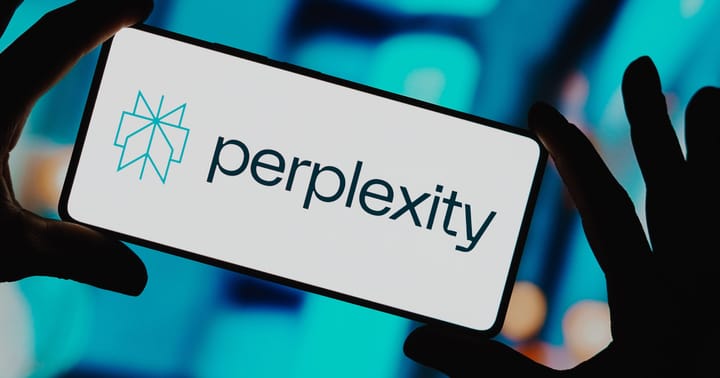Tesla Unveils 'Cybercab' Robovan And Robotaxi
These vehicles rely solely on AI and cameras, unlike competitors that use more expensive hardware like lidar.

During Tesla's "We, Robot" event in California, Elon Musk unveiled the much-awaited Cybercab, a fully autonomous robotaxi lacking a steering wheel or pedals. Musk made his entrance on stage in a Cybercab, declaring that 20 additional units were prepared. He highlighted the inefficiencies of present transportation systems and the transformative potential of autonomous vehicles, which could offer time savings and enhanced safety, predicting that autonomous cars would be 10 times safer.
Musk highlighted that the Cybercab’s low cost estimated at 20-40 cents per mile including taxes could rival mass transit. Tesla expects to sell the Cybercab for under $30,000 and envisions individuals managing fleets of robotaxis, using them to earn income through a ridesharing network. Production is expected to start before 2027, though Musk acknowledged his tendency to be "highly optimistic with timeframes."
The Cybercab will rely on Tesla’s vision-based AI system, eschewing radars and sensors to reduce costs. Notably, it uses inductive charging instead of a traditional charging port. The vehicle's design resembles the Cybertruck, with silver coloring, no back windshield, and upward-opening doors.
Musk also introduced the Robovan, an autonomous vehicle designed to carry up to 20 people or goods, aimed at further reducing transport costs. He briefly mentioned Tesla’s Optimus humanoid robots, which interacted with the crowd and served drinks at the event, suggesting these robots could be priced between $20,000 to $30,000
Musk announced that fully autonomous, unsupervised FSD will launch in Texas and California next year on Tesla’s Model 3 and Model Y vehicles, though he did not clarify whether the robotaxis will rely on any new technology beyond FSD.




